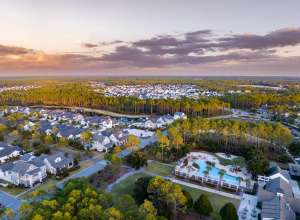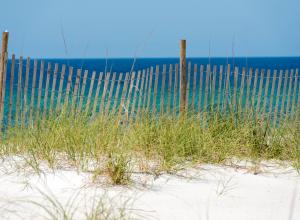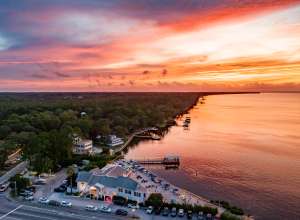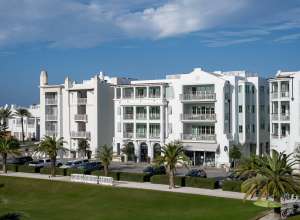Story
Spectacular Coastal Dune Lakes of South Walton
February 11, 2022 by SoWal Staff

True Coastal Dune Lakes occur in only a few places around the world, but 15 are found along the white beaches of SoWal!
Coastal Dune Lakes create an opening (outfall) to the Gulf of Mexico during periods of high water levels, causing fresh and salt water to mix. Temporary estuaries and nursery grounds are formed when the fresh and saltwater mix. Each lake is different due to variable salt content, dependent upon frequency of outfall openings. Conservation efforts are ongoing to protect the health and longevity of these special ecosystems. See our coastal dune lakes guide with info & photos for each lake.
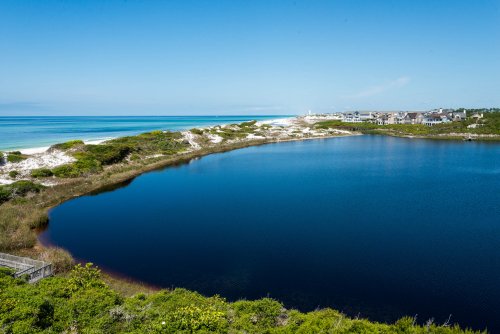
Please Help Protect!
Stay on marked trails and boardwalks - keep off dunes and vegetation.
Be sensitive to natural processes, do not dig in or around the lake outfalls.
The health and beauty of these lakes is very important, properly dispose of all trash.
Follow all fishing regulations.
Beware of Alligators!
Use no boats with motors.
Leave no items on the beach overnight.
Click here for a description of public access points for each coastal dune lake.
Perhaps the most unique and precious features of SoWal are the coastal dune lakes found in the area’s beach dune system. The rare lakes are reportedly found only along the coasts of New Zealand, Australia, Madagascar, and in the United States along the coasts of Oregon, South Carolina, and Northwest Florida.
According to the Florida Natural Areas Inventory, SoWal’s coastal dune lakes are imperiled globally because of rarity and critically imperiled in the state of Florida because of extreme rarity. They are also indispensable to our coastline as wetland systems that filter and store water, provide habitat for a wide variety of unique plants and animals, and exist as a natural estuarine transition between the Gulf and upland areas.
One of the most interesting features of SoWal's coastal dune lakes is their intermittent connection to the Gulf of Mexico. When a lake reaches a high water level, it breaks through the dune system and beach and empties into the Gulf of Mexico. The channel that forms between the lake and the Gulf is known as an outfall. Depending on tides and wind, saltwater from the Gulf may enter the lake, along with saltwater plants and animals. The drainage of the lake and potential exchange with the Gulf continues until equilibrium is reached and the opening closes.
Some visitors wonder whether the brown water in the outfalls is sanitary. The water in the lakes is dark brown or tea-colored with natural tannins from leaves and pine needles falling into the lake, and is not harmful. However, there are septic tanks along some of the lakes which can overflow during times of high rains, and there is runoff of chemical like fertilizer which affect the water quality.
The outfalls and lakes are favorite recreation areas for visitors and residents. Three of the lakes are protected and managed by the Topsail Hill Preserve State Park. In addition, the Walton County Coastal Dune Lakes Advisory Committee spearheads efforts to preserve the lakes and educate residents and visitors about these unique natural areas.
Each of SoWal's coastal dune lakes has its own personality, based on the combination of its size, watershed features, surrounding land uses, and outlet characteristics. Outlet openings vary greatly in length, frequency and duration. They are driven by each lake’s critical high water level as well as prevailing climatic conditions (e.g., droughts and rain). As a result, some of the dune lakes can be completely freshwater, some brackish, and some salty, with varying degrees of salinity occurring between different lake stages. The changing condition of water chemistry in the coastal dune lakes makes them dynamic, biologically diverse ecosystems.
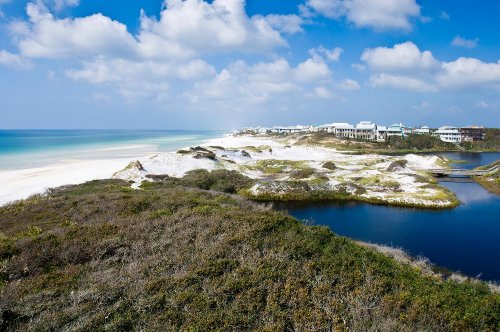
Coastal dune lakes develop from various coastal processes, most commonly when sand deposition fills an inlet to a tidal basin or lagoon. Once isolated from the direct effects of tides, the water may become hypersaline because of salt water intrusion through sandy substrates and rapid evaporation of surface water. Lake water may also gradually become less saline if there is a decline in subsurface saltwater intrusion and greater freshwater inputs from rain and watershed drainage.
In 2006, the Florida Department of Environmental Protection, through its Florida Coastal Management Program (FCMP), provided funds to the Choctawhatchee Basin Alliance (CBA) to establish a volunteer monitoring program to obtain baseline water quality data for the lakes. Three monitoring stations were established in each of the 15 lakes to gather data on a variety of parameters. The data is used to characterize current conditions of the coastal dune lakes.
Volunteer
The Choctawhatchee Basin Alliance (CBA)
The Choctawhatchee Basin Alliance partners with Walton County, citizens and organizations to monitor, investigate, restore, and educate about the coastal dune lake systems. To volunteer for the CBA, contact them through their website at basinalliance.org.
Walton County Coastal Dune Lake Advisory Board (850) 951-0551
The Coastal Dune Lakes Advisory Board is comprised of county residents and employees of the Walton County Planning Department to ensure the health and environmental integrity of the county's coastal dune lakes.
Florida Lakewatch: Florida's Volunteer Water Quality Monitoring Program
Florida Lakewatch is a volunteer citizen lake monitoring program that facilitates "hands-on" citizen participation in the management of Florida lakes, rivers and coastal sites through monthly monitoring activities. A part of University of Florida IFAS, Fisheries and Aquatic Sciences - www.lakewatch.ifas.ufl.edu.
See our coastal dune lakes guide with info & photos for each lake.
Check out the excellent full-length documentary film about our coastal dune lakes.
